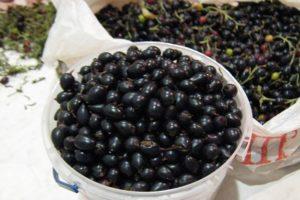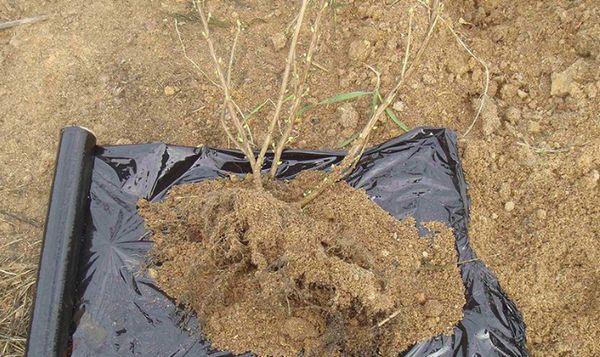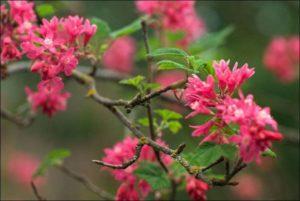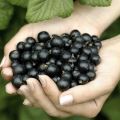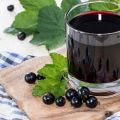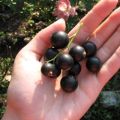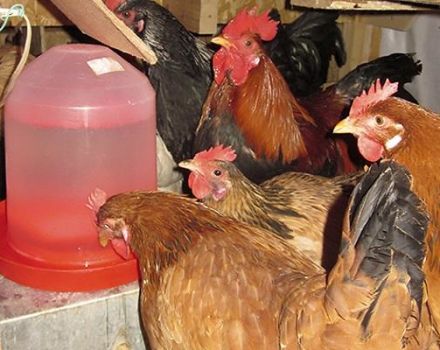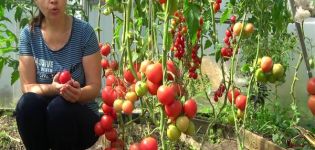Description and characteristics of black currant varieties Hercules, planting and care
Black currant Hercules is actively grown almost everywhere. This fruit and berry culture is distinguished by a high level of frost resistance; it can often be found in Siberia. In addition, the plant is positioned as large-fruited and consistently yielding. In order for its cultivation to be successful, it is necessary to know what planting rules need to be followed, and what care is needed in the future.
History of selection of currants Hercules
Hercules, as this black currant is also called, was bred on the basis of the department of mountain gardening of the M.A. Lisavenko. As a parental pair were taken Plotnokistnaya and a seedling from free pollination of the selected form of the Siberian subspecies from the r. Ilgumen. L. N. Zabelina worked on the creation of a new promising variety. Black currant Hercules was entered in the State Register in 2000.
Main advantages and disadvantages
In general, Hercules black currant has established itself exclusively on the positive side. It is appreciated in regions with both harsh and warm climates.
The sugar content of the Hercules black currant is 8.7%, and the acidity is 2.2%. The percentage of ascorbic acid in fruits is 1.7%, and dry soluble substances - 18.4%.
The list of benefits of black currant Hercules includes:
- high rates of productivity;
- fruiting stability;
- large berry sizes;
- good keeping quality of fruits;
- currants are not afraid of transportation over long distances;
- high degree of winter hardiness;
- increased immunity to fungal infections;
- flowers are resistant to returnable spring frosts;
- no need for additional pollination;
- not exactingness to growing conditions.
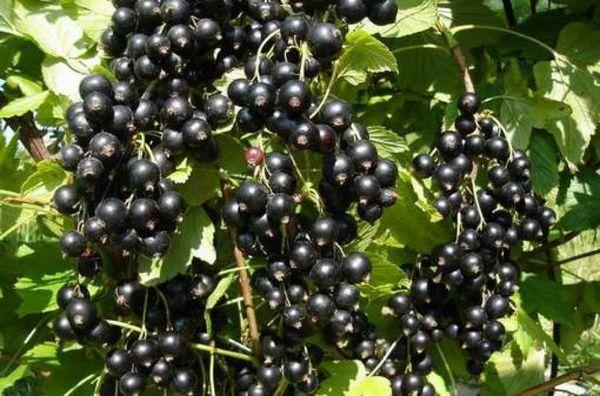
Of the shortcomings in black currant Hercules, only a low level of resistance to kidney mite damage is distinguished. But it is quite possible to solve this problem through regular surface treatments (in early spring and late autumn) and digging up the earth near the bush.
Blackcurrant Hercules is great for beginner gardeners and for growing on large farms.Harvesting is possible using automated technology.
Description and characteristics of the variety
To achieve high results, it is necessary to familiarize yourself in more detail with the main varietal characteristics of the Hercules black currant.
Growing region and climate
Since the black currant Hercules has sufficient frost resistance, it can be planted everywhere. It takes root well in Siberia and in warm regions.
Resistant to low temperatures and drought
Black currant Hercules is able to winter even without additional shelter in the gardens of Siberia. Recurrent frosts are not terrible for flowers or buds. A short-term drought is not so painful for the Hercules blackcurrant as for other types of fruit crops. But it is not recommended to allow a prolonged moisture deficit - irrigation measures should be regular and plentiful in the dry season.
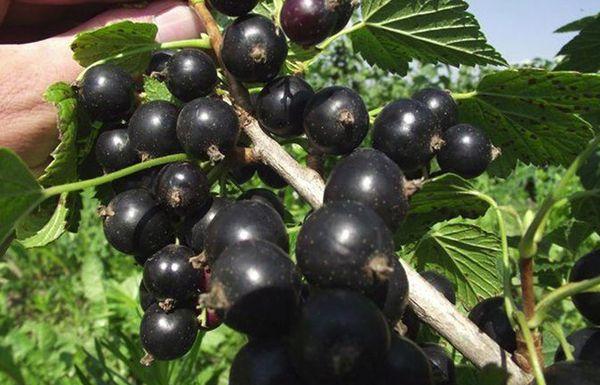
Susceptibility to disease and parasites
In black currant Hercules, a sufficient level of resistance to anthracnose and septoria is noted. It is necessary to protect the plant with the help of preventive treatments, mainly from the kidney mite.
All about flowering and crop yield
Black currant Hercules belongs to late-ripening varieties, the flowers are medium-sized and have a beige-pink hue. Fruits are set without additional pollination, but to increase productivity, it is recommended to plant them near a variety with a similar flowering period. The yield from one bush is up to 4 kilograms, and from one hectare it is possible to collect over 11 tons of fruits with a dessert taste and a pronounced aroma.
What are the benefits of bush fruits
Black currant berries Hercules are not only distinguished by high consumer qualities, they also contain iron, magnesium, manganese, zinc, potassium. In addition, the fruits are rich in vitamins B, A, C, E, P, K, tannins, carotene, pectins are also present in them. Given this set of useful components, we can say: Hercules black currant is a healing plant. In folk medicine, twigs and leaves are also used to prepare decoctions.
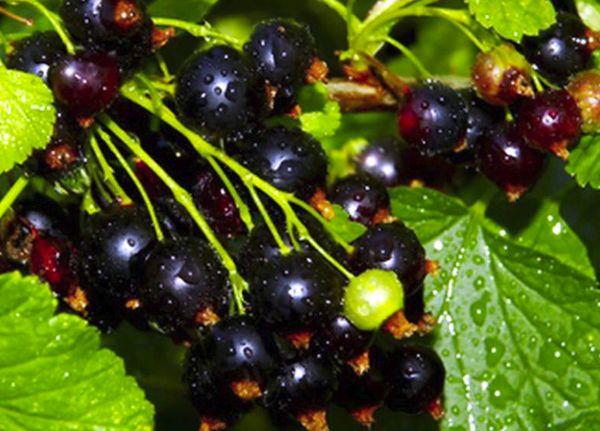
Rules for growing black currant
Adhering to a specific planting algorithm, it is possible to initially create favorable conditions for growth and development for the Hercules black currant.
Determining the timing of disembarkation
Planting work on Hercules black currant is more expedient to carry out in the first half of September. In warm weather, planting seedlings in a permanent place can be carried out in October. If weather conditions do not allow planting young plants, then they can be dug in for the winter.
Selection and preparation of a land plot
Planting black currant bushes Hercules turns out to be effective if you choose a well-lit meadow, with a not close occurrence of groundwater, from 1.5-2 meters. In addition, the site must be protected from through winds and not be in a low area where cold air collects.
If the acidity level at the planting site is too high, it is recommended to moisten the soil once with milk of lime. In case of excessive soil moisture, it is necessary to lay a drainage cushion made of expanded clay, broken brick on the bottom to protect Hercules black currant from putrefactive processes on the root system.
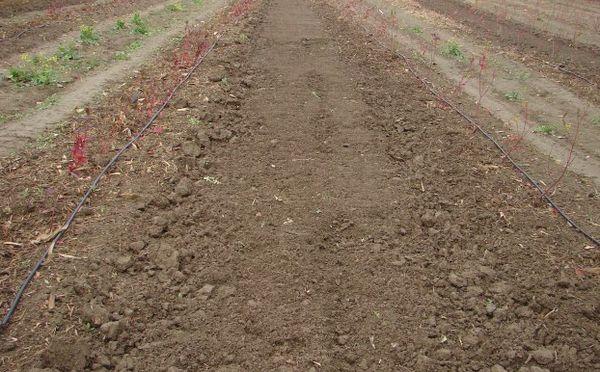
How to choose a healthy and strong seedling
A suitable option for planting material is biennial plants with 2-3 shoots, without leaves and buds. The roots should not show signs of disease, traces of rot, various kinds of damage. It should be a well-developed yellow-brown root system with 3-5 skeletal roots. The length of the underground part should be 15-20 centimeters.
Planting technological process
To plant a Hercules blackcurrant seedling correctly, the following procedure should be followed:
- Dig a hole 30-40 centimeters deep. It is better to prepare the landing nest in advance so that the soil has time to settle.
- Lay drainage on the bottom, and on top of it - rotted manure or compost. The use of wood ash in this case is ineffective - it is quickly washed out of the soil.
- Pour a bucket of water into the hole and wait until it is absorbed.
- Lay the seedling at an angle of 45 degrees, to a depth of 5-10 centimeters; the branches are cut by 1/3 of the entire length.
- Sprinkle the roots with soil and watered.
To preserve moisture in the soil, the soil under the bush is mulched with rotted sawdust, grass, peat.
Features of plant care
In order for the planted sprout of black currant Hercules to adapt faster and grow, it is necessary to regularly moisten the soil, loosen it, and prune it. Such care is also needed for adult bushes.
Watering
Given the superficial location of the root system of the Hercules black currant, irrigation measures are especially important for it. Abundant watering is required at the stage of ovary formation - in June, as well as in the fruiting phase - in July-August. Do not forget about moistening the soil under the bushes and after harvesting - in August-September.
The frequency of procedures is 2-3 times a week, with a consumption of 10 liters of water per planting. The optimal time for irrigation is in the morning and evening hours.
Fertilization
Top dressing is needed for black currants in spring, summer and autumn. Organics and mineral complex mixtures are used for these purposes. Compositions with a high nitrogen content are required by Hercules blackcurrant bushes in the spring, and organic fertilizers are more expedient to use in the summer.
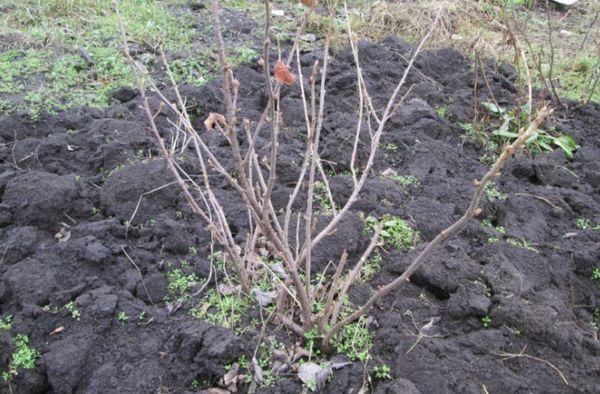
In the fall, when the crop has already been harvested, superphosphate and potassium chloride are added to the soil, diluting them in water according to the manufacturer's instructions during irrigation.
Loosening and mulching of beds
For Hercules black currant bushes, a soil with good moisture and air permeability is required. The compacted soil does not allow the full development of both the underground and aboveground parts of the shrub, which provokes a decrease in its productivity. Loosening should be done carefully so as not to injure the roots. Compost, peat, grass cuttings are used as mulch.
Pruning rules
Hercules black currant bushes are erect, tall, and must be pruned every year to reduce the likelihood of infection and increase the performance of the variety.
Sanitary
Pruning is performed mainly in the fall, removing all incompetent branches. Also cut out unripe shoots that have undergone deformation, growing in the center or intertwined. If there are branches damaged by the disease, they are removed, as well as those that are on the ground.
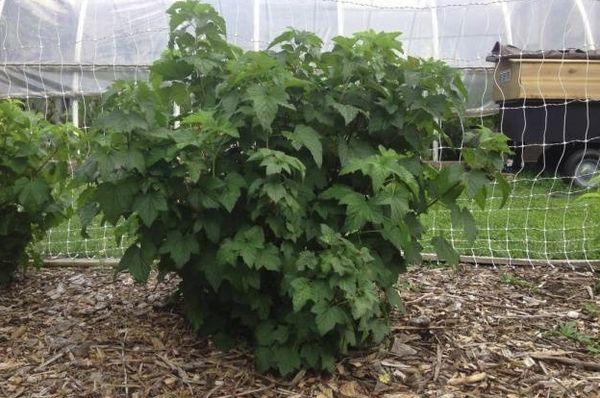
Formation of bushes
Young black currants Hercules with annual shoots are formed immediately after planting in the ground. All branches are cut off, leaving hemp no more than 5 centimeters high. This technique allows you to stimulate the growth of new shoots. During the summer season, 3-4 new shoots are formed; they should not be touched in autumn.
In the second year, black currant bushes are already beginning to bear fruit and form zero powerful shoots. In the fall, strong specimens are chosen from them, and the rest are removed. Cut healthy twigs can be used as cuttings. And only from the third year it is necessary to rid the bush of three old branches, it is possible to determine them by the dark color of the bark.
Spring pruning
After winter, it is necessary to inspect the Hercules black currant and, if frozen, incapacitated branches are detected, prune them. During this period, branches that have already bearing fruit that were not removed in the fall can be cut out.
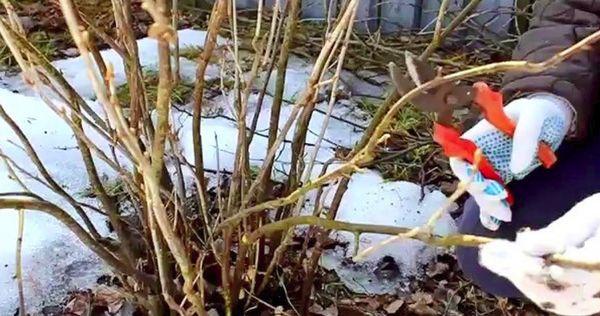
Summer pinching
This manipulation is recommended at the beginning of August. Pinching is used only for young shoots, which, due to the intensive growth rate, are able to strongly thicken the bush. But first, the plants should be fertilized, watered and mulched.
Shelter for the winter
The first step is to bend the blackcurrant shoots to the ground, grouping them in 3-5 pieces. A wooden shield is laid on top. It is recommended to tilt the branches in the direction of growth, otherwise they may be damaged. The soil around the bush must be mulched with sawdust, fallen leaves, compost. Also, black currants are covered with agrofibre or spruce branches, with a snowless winter.
Preventive treatment
To prevent the development of diseases, black currant bushes are recommended to be treated with a working solution based on Topaz (6 milliliters per 10 liters of water) or Horus, at the rate of 12 grams per 10 liters of water. It is possible to prevent the appearance of pests on the bushes by using Confidor maxi, taking into account the use of 1 gram per 10 liters of liquid.
Reviews of gardeners about the variety
Lovers of plant growing about the black currant Hercules speak mainly from the positive side.
Sergey, 63 years old, Moscow
“I planted the variety on my site two years ago. I have already noticed its high productivity and resistance to low temperatures. "
Anastasia, 45 years old, Nizhny Novgorod
“I bought Hercules from the nursery, planted it in a well-lit meadow, the berries grow sweet and large. I didn’t notice any shortcomings ”.
